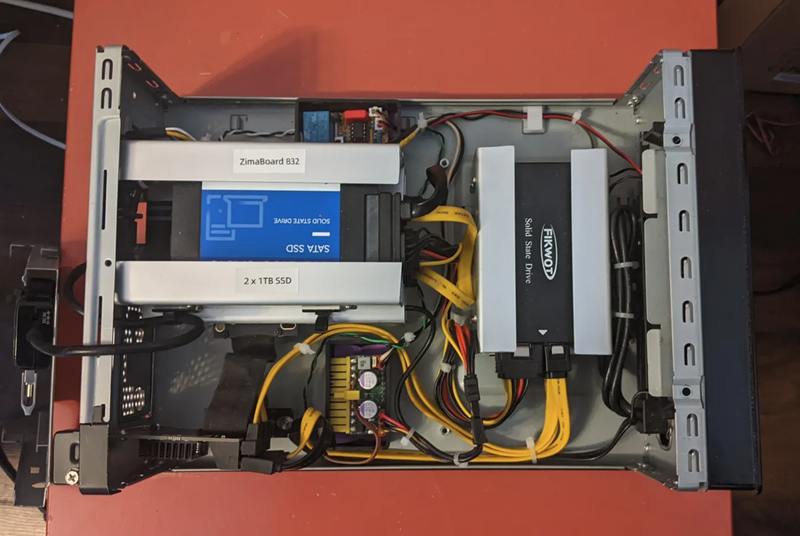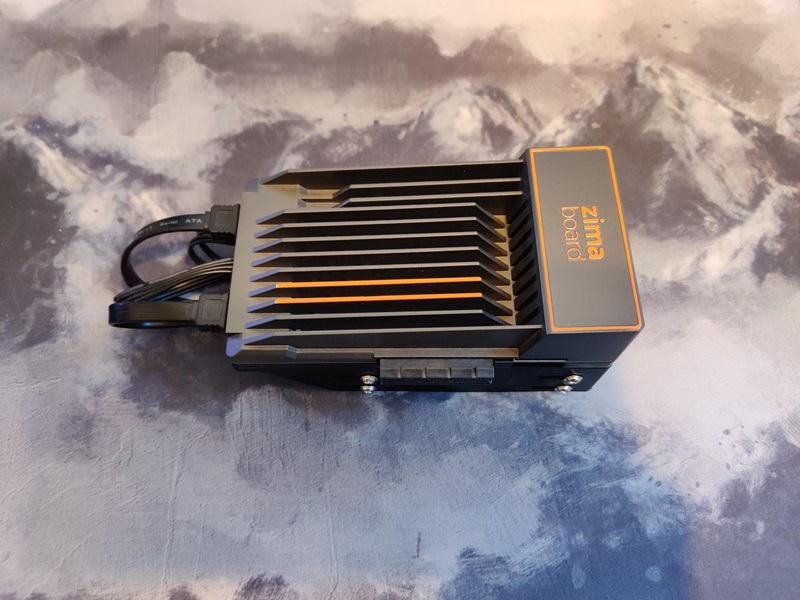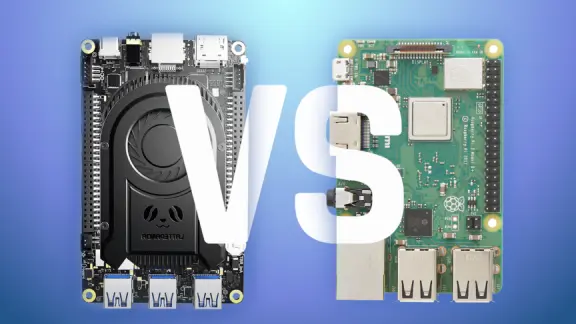Latest News
John Guan - Jul 12, 2023
In the realm of home labs and cluster computing, there are enthusiasts who love to explore the possibilities and push the limits of what can be achieved with compact devices. Renée, a passionate tech geek, and ZimaBoard enthusiast embarked on a supercluster project that showcased the power and versatility of these single-board servers.
In this article, we speak with Renée, and we delve into Renée’s journey, from the goals and challenges of the project to the impact on learning and the future plans for this impressive ZimaBoard cluster.
Below are the super works :
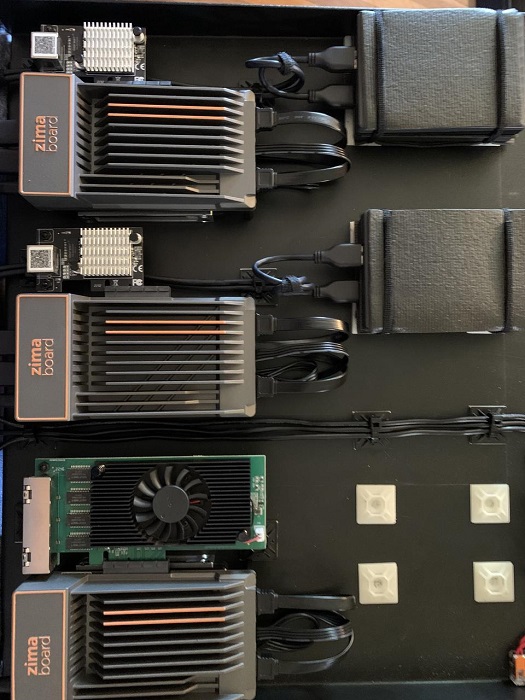
Section 1: Getting to Know
Interviewee: Renée
1. Can you tell us a little bit about yourself and your background?
Renée: Hello world, My name is Renée. To call me a Nerd is more of an understatement. I love SciFi and I love looking at things and trying to understand how they work. I have always been the type to tinker around, exploring what works and what doesn’t. I tear down and rebuild to see if I can make improvements.
2. How did you first get involved with ZimaBoard and its community?
Renée: I was looking to expand deep into learning cluster computing. Once I saw ‘Raid Owl’ build a hyper-converged cluster, I immediately fell in love. These were EXACTLY what I was looking for—meeting my needs and most of my wants.
3. What inspired you to start working with single-board servers?
Renée: To go way back in my background, I loved looking at the USS Enterprise NCC-1701-D and diving down into the technical manual, especially seeing how the computer system worked. They had things called Isolinear chips, which were single-board computers in a cluster setup, loosely described in the 1980s.
One of my first experiences was with a Raspberry Pi Zero, which came free with an issue of Raspi Magazine. I work with dedicated programmable logic controls for industrial use, and I was skeptical at first. But I was surprised at the capability of the Raspberry Pi Zero, and I realized that this small step could expand into something much bigger.
Section 2: The ZimaBoard Super Cluster Project
Interviewee: Renée

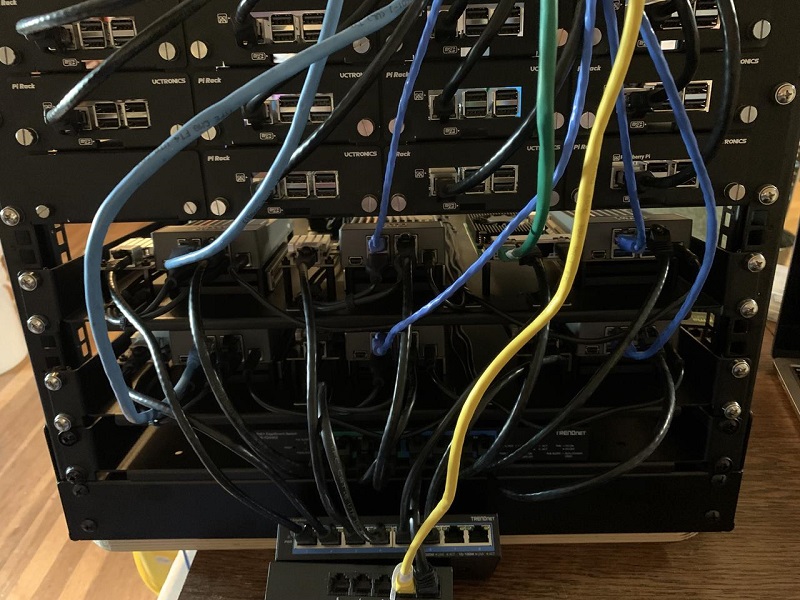
1. Can you give us an overview of your super-cluster project? What was your main goal?
Renée: My current setup consists of 6 ZimaBoards (5 for master nodes, 1 for the load balancer) and 20 Raspberry Pis for agent nodes. I enjoy working with K3S and Rancher, but I’m open to trying different software control. I wanted to create a rack-mounted setup with ample storage and energy efficiency.
To achieve this, I installed a Meanwell power supply and used a blank rack-mounted shelf with custom modifications. With this setup, I aimed to gain practical experience in network infrastructure and cybersecurity, while also ensuring a stable production server for my 3-2-1 backup structure.
2. What made you choose ZimaBoard for this project?
Renée: I initially ordered 5 ZimaBoards 832, with specific goals in mind. I wanted energy efficiency, low cost, onboard storage memory, at least 2 network ports, USB 3.0, easy reset capability, virtualization threading, x86 architecture, and SSD or NVMe expandability. ZimaBoards met all these criteria while also being cost-effective for my home lab.
3. Can you walk us through the process of setting up the supercluster? What were the main steps and challenges?
Renée: Setting up the supercluster involved infrastructure setup, including a load balancer and an NTP server. It was crucial to have dedicated cluster networks to ensure smooth communication among the nodes. Challenges included managing network saturation with multiple nodes, configuring separate switches for control, communications, and storage networks, and dealing with the resilvering process in Ceph or Longhorn.
I employed 2.5G expansion cards for dedicated storage networking and followed a systematic process to install the virtualization platform, cluster the server nodes, and deploy agent nodes.
Section 3: The Impact and Benefits of the Project
Interviewee: Renée
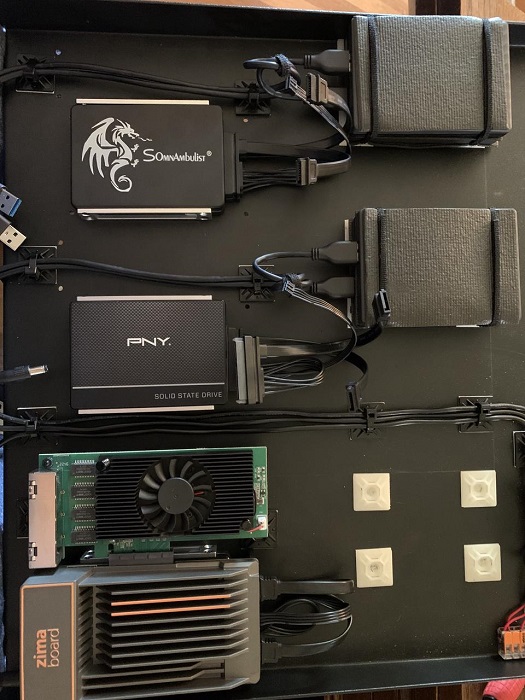
1. What are the key benefits or advantages you’ve experienced by using ZimaBoards for your supercluster?
Renée: ZimaBoards provide a surprising amount of capability for their size and cost. They offer energy efficiency, low power consumption, and the ability to handle various workloads. The onboard storage memory and SSD or NVMe expandability ensure adequate storage for my cluster needs. ZimaBoards also offer better networking capabilities compared to similar alternatives in this price range.
2. How has this supercluster project impacted your learning and skill development?
Renée: The project has been a tremendous learning experience. I gained hands-on experience in cluster storage, network saturation, and load balancing. The process of setting up and maintaining the supercluster allowed me to develop my skills in network infrastructure, cybersecurity, and cluster management. It has broadened my knowledge and understanding of distributed computing systems.
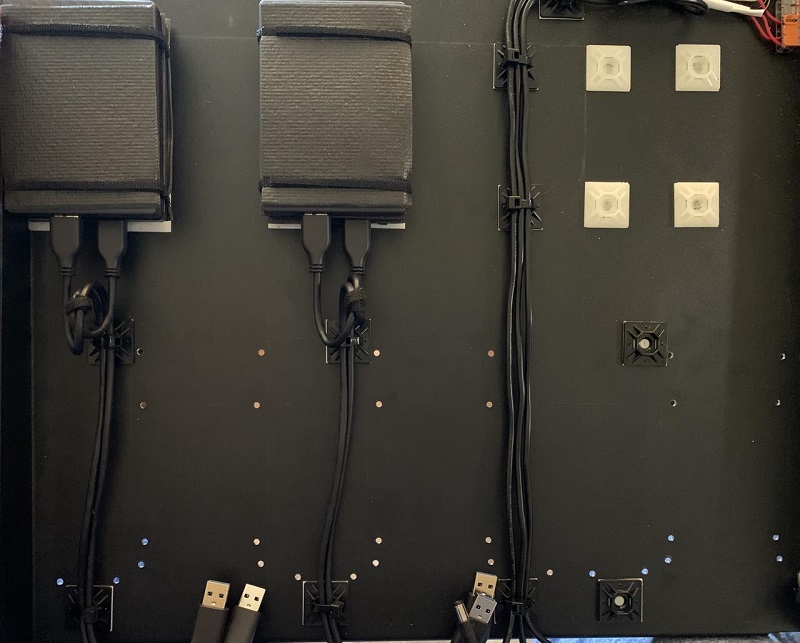
Section 4: Future Plans and Advice
Interviewee: Renée
1. What are your plans for the future of your super-cluster project?
Renée: My immediate plans involve stabilizing the current setup and integrating it into my production environment. I want to optimize the cluster’s performance and expand its capabilities, such as exploring the potential of containers for deployment. As a long-term plan, I aim to use this cluster as a platform for research and experimentation in various fields, including artificial intelligence and data analytics.
2. What advice would you give to others interested in building their own superclusters with ZimaBoards?
Renée: Don’t be afraid to try different configurations and setups. Keep your production environment separate from your test environment to avoid disruptions. Embrace the learning process and be open to continuous improvement. ZimaBoards are more capable than they may seem on paper, so don’t underestimate their potential. Lastly, explore the possibilities of containerization to leverage the benefits of modular deployment.
Conclusion:
Renée’s journey of building a supercluster using ZimaBoards demonstrates the potential and versatility of these single-board servers. The project highlights the importance of experimentation, continuous learning, and pushing the boundaries of what these compact devices can achieve.
Renée’s insights and advice provide valuable inspiration to the ZimaBoard community, encouraging others to explore the possibilities of cluster computing with these cost-effective and capable boards.
Join the IceWhale community in Discord to know more about Geekers and their super works. And also you can find Renée at https://kessen.tech
